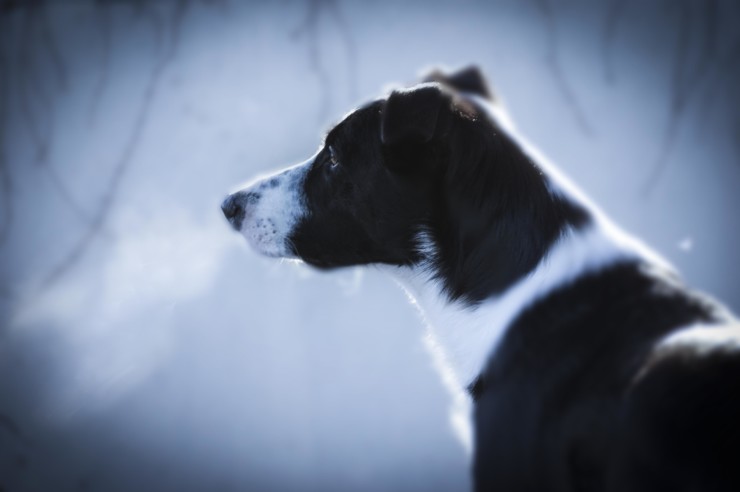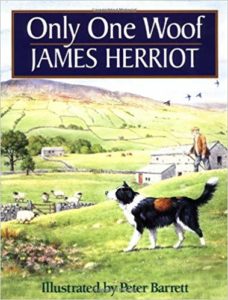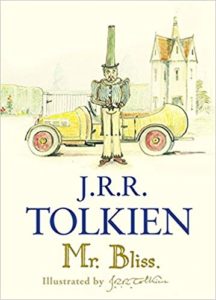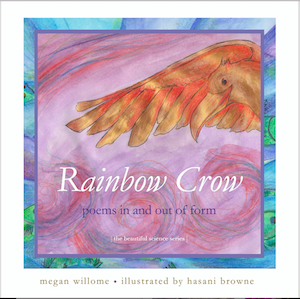In Bruce Handy’s Wild Things: The Joy of Reading Children’s Literature as an Adult, chapter 4 is about animal stories. Both my kids loved books in this category, whether instructional or fanciful. In that chapter, Handy writes, “Many classic animal stories have no more concern for justice than does a wolf or lion.”
In other words, wolf gonna wolf; lion gonna lion. Or in the animal stories by James Herriot, cat gonna cat; dog gonna dog.
I discovered Herriot’s books thanks to a Tweetspeak comment section. In November I read several of his books, but my favorite was the second one he published, Only One Woof.
Herriot was a British veterinarian and surgeon who wrote many books about the animals he treated. He was born in County Durham, England, trained as a veterinary surgeon at Glasgow Veterinary College, and practiced in Yorkshire. He did not begin to write until he was 50. His stories are semi-autobiographical, taking place in a fictional Yorkshire town set in a time period earlier than some of the real cases he storifies. Herriot died in 1995. His tales have been made into a TV series and a movie, both titled All Creatures Great and Small.
Herriot’s animal stories portray animals as animals, not as stand-ins for humans. Only One Woof is neither preachy nor saccharine. It’s a love story of sorts about two sheepdogs who happen to be brothers, Sweep and Gyp.
Herriot’s descriptions of each dog are precise — there’s no confusing the two pups. But the biggest difference between them is that Gyp never barks. He never makes a sound.
“Those two really love each other, don’t they?” I said.
Mr. Wilkin nodded. “Aye, they are great friends. They are never apart.”
Until they are separated. The moment when Gyp does bark, when he speaks his “only one woof,” is incredibly moving.
Why does Gyp bark? The plot is pretty clear on that point. Why does he never bark again? I don’t know. I don’t think Herriot knows either.
Herriot’s prose is not anthropomorphic. He does not ascribe human thought or emotion to dogs; he simply describes their behavior. Likewise, the illustrations by Peter Barrett, who did the pictures for many of Herriot’s stories, depict realistic border collies. When Gyp and Sweep smile, it’s a doggy smile, not a cartoon smile.
Herriot’s books are not universally loved. Publisher’s Weekly called Barrett’s illustrations of humans “stiff and unexpressive.” And Kirkus Reviews wasn’t kind to either Barrett or Herriot, writing, “Unfortunately, Herriot’s prose sounds forced; there is no excitement or zip to the tale.”
I’ll grant you, it’s not zippy. But must every children’s book aspire to zippyness? Can a story be quiet and thoughtful?
You know who else included a realistic, non-zippy dog in his story? The Greek poet Homer in The Odyssey. One of the most affecting scenes is when Odysseus returns home in disguise after being gone for twenty years, and his faithful dog, Argos, recognizes him:
And when
he realized
Odysseus was near, he wagged
his tail,
and both his ears dropped back.
He was too weak
to move towards his master.
Look how much Homer conveyed without ascribing human emotion or intent to the dog. Argos just does doggy stuff, and Odysseus “wiped / his tears away and hid them / easily.”
Animal stories help kids form empathy, whether from war hero to faithful pet or from veterinarian to patient. It gets children thinking beyond themselves and paying attention to the critters around them — how they hold their ears, what sounds they make (or don’t), what they do with their tails.
And animal stories help parents too. In Only One Woof, the entire growing up process zips by in thirty-two pages.
“Look at that!” I cried in amazement. “They’re behaving just like grown-up dogs.”
_______________
The next Children’s Book Club will meet Friday, March 8. We will read Mr. Bliss, written and illustrated by J.R.R. Tolkien. There are no hobbits, no ents — just a man who’s a really bad driver. Oh, and some talking bears.
Photo by Martyn Fletcher, Creative Commons, via Flickr. Post by Megan Willome, author of The Joy of Poetry.
Browse more Children’s Book Club
“Megan Willome has captured the essence of crow in this delightful children’s collection. Not only do the poems introduce the reader to the unusual habits and nature of this bird, but also different forms of poetry as well.”
—Michelle Ortega, poet and children’s speech pathologist
- Perspective: The Two, The Only: Calvin and Hobbes - December 16, 2022
- Children’s Book Club: A Very Haunted Christmas - December 9, 2022
- By Heart: ‘The night is darkening round me’ by Emily Brontë - December 2, 2022




Glynn says
I love Herriott’s writings, especially the four books of the ‘All Creatures Great and Small’ series. (I was inspired by the PBS televised version back in the 1970s. Another children’s book is ‘The Christmas Day Kitten.”
Megan Willome says
Glynn, I read that one too and thought about saving it for December. It’s pretty remarkable, for its subject matter within the context of Christmas.